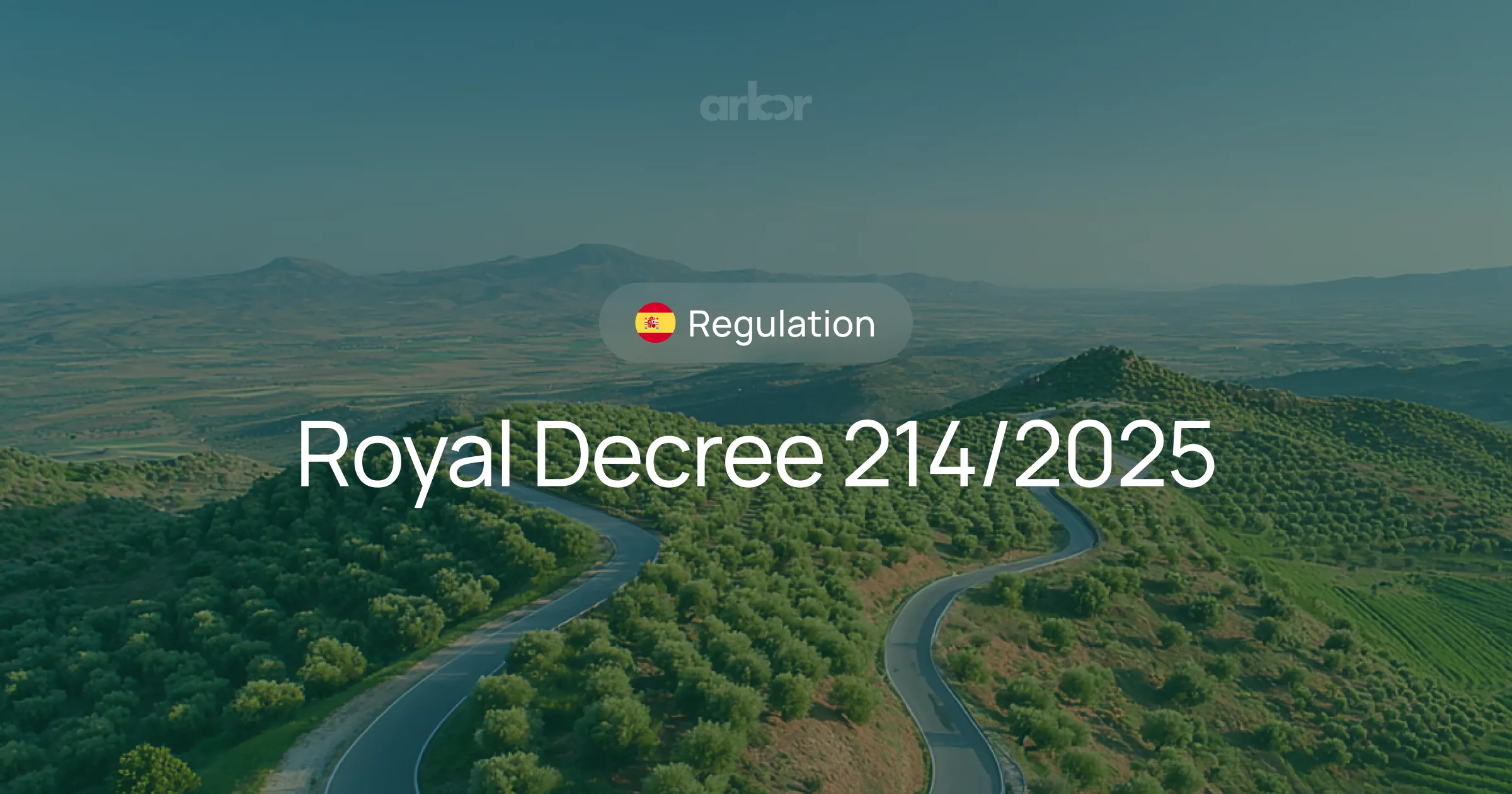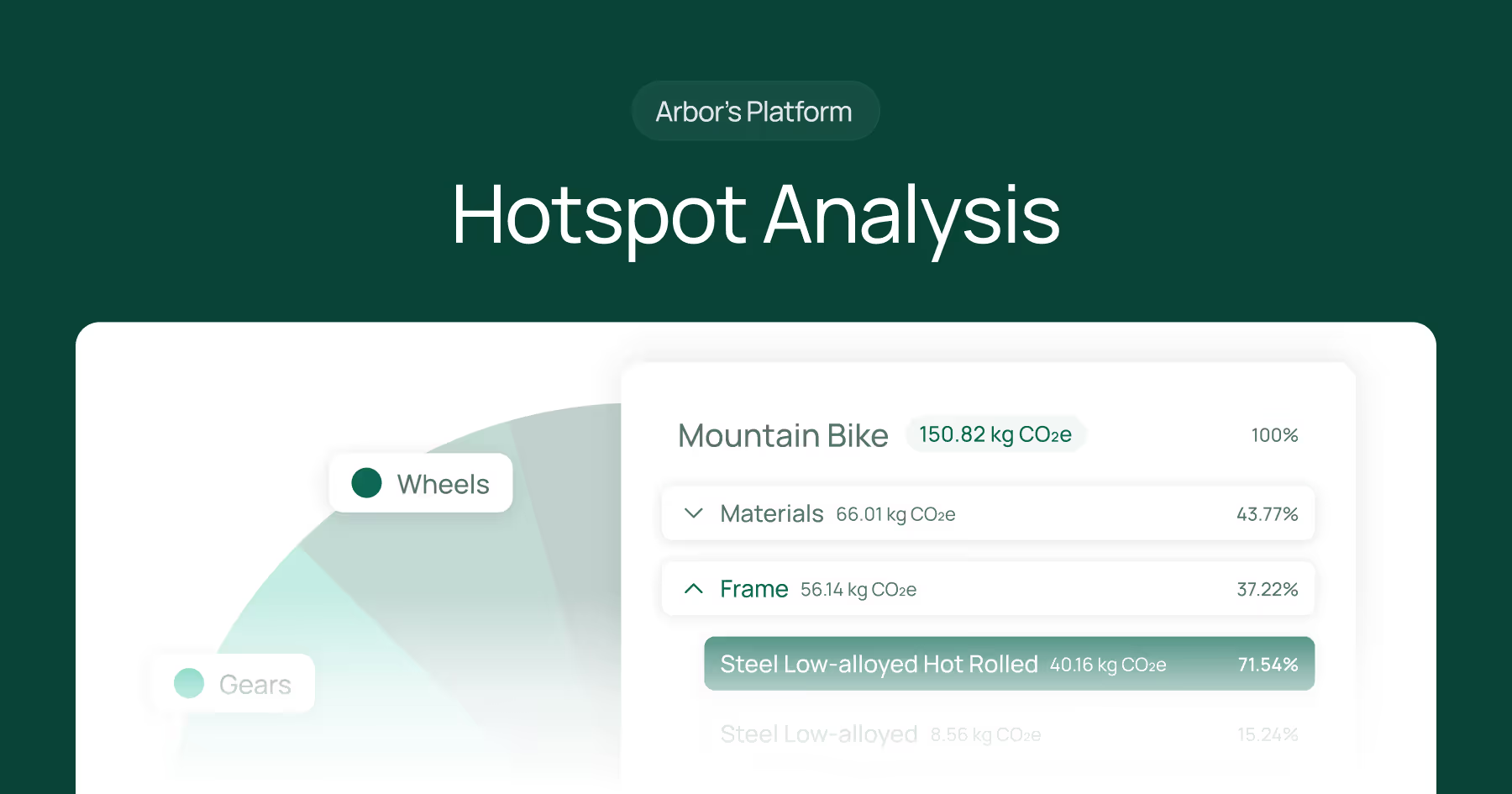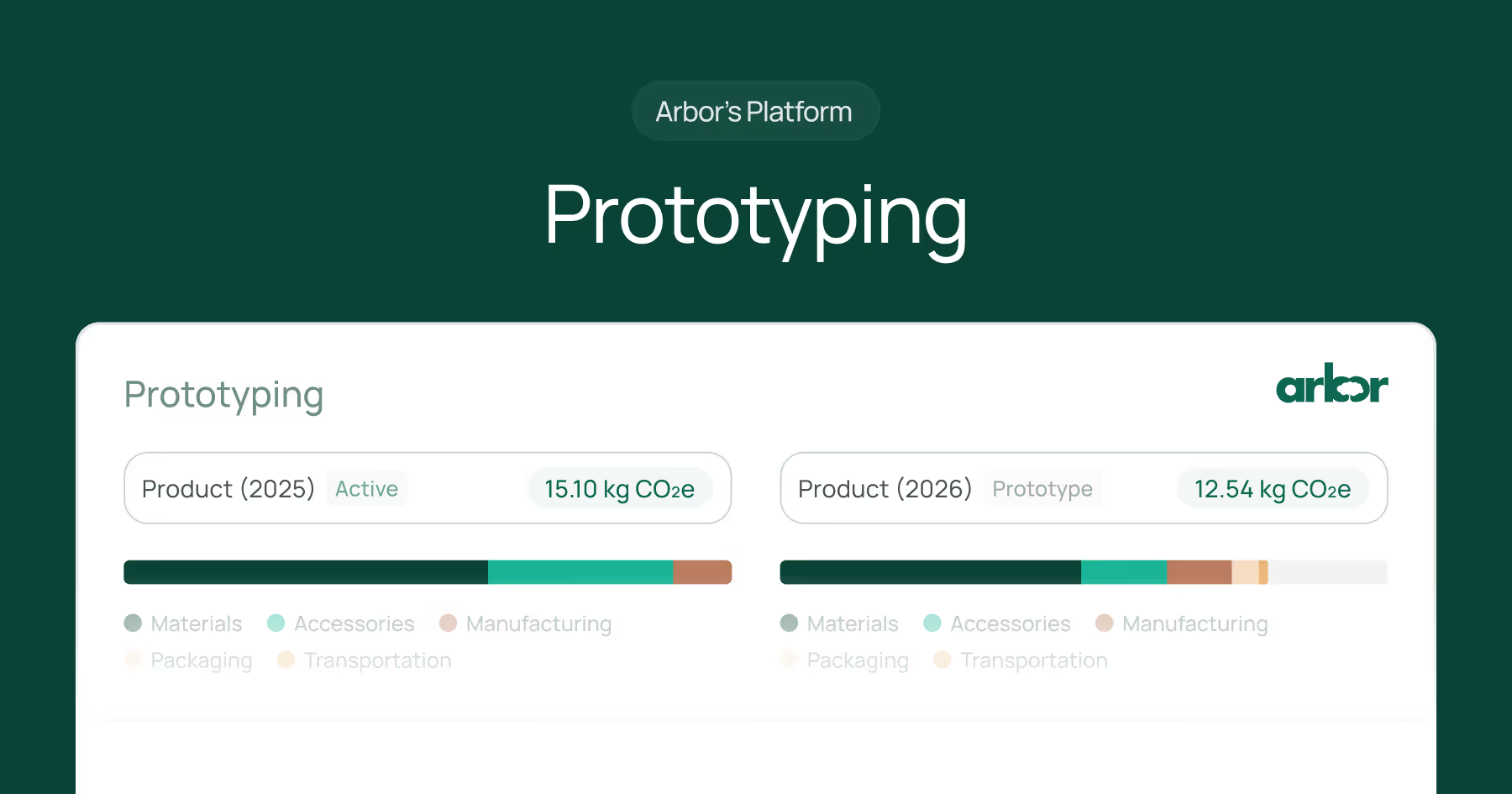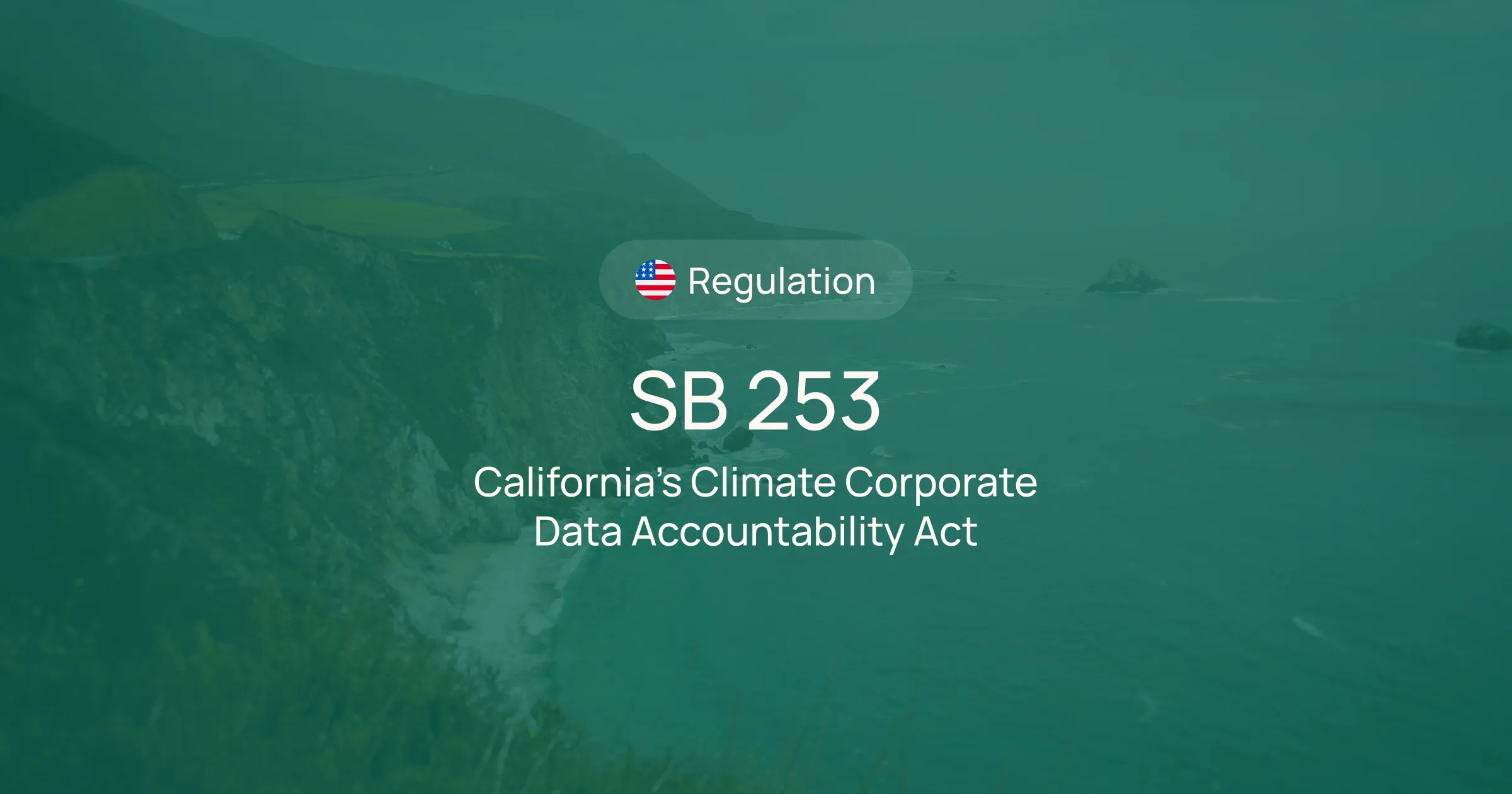The Greenhouse Gas (GHG) Protocol is a globally recognized tool for understanding, quantifying, and managing greenhouse gas emissions. It was developed by the World Resources Institute (WRI) and the World Business Council for Sustainable Development (WBCSD) to provide a consistent, flexible, and credible framework for businesses and governments to measure and reduce their GHG emissions.
The GHG Protocol provides the accounting platform for nearly every GHG standard and program worldwide - from the International Standards Organization to The Climate Registry - and hundreds of GHG inventories prepared by individual companies. It is the most widely used international accounting tool for government and business leaders to understand, quantify, and manage greenhouse gas emissions.
History of the GHG Protocol
The GHG Protocol was first launched in 1998 as a multi-stakeholder initiative to develop internationally accepted GHG accounting and reporting standards. The World Resources Institute (WRI) and the World Business Council for Sustainable Development (WBCSD) led the initiative. It involved representatives from businesses, governments, and non-governmental organizations worldwide.
Since its inception, the GHG Protocol has been revised and expanded to include additional guidance on various topics, including Corporate Value Chain (Scope 3) accounting and reporting, product life cycle accounting and reporting, and city and community GHG accounting.
GHG Protocol Standards
The GHG Protocol includes several different standards and guidelines, each designed for a specific purpose or sector. These include the Corporate Standard, the Scope 3 Standard, the Product Standard, and the City and Community Standard.
The Corporate Standard provides a comprehensive, step-by-step guide for companies to quantify and report their GHG emissions. The Scope 3 Standard provides guidance for companies to account for their value chain emissions. In contrast, the Product Standard guides companies to account for the emissions associated with the life cycle of a product.
Key Concepts of the GHG Protocol
The GHG Protocol is based on several key concepts that provide the foundation for effective GHG accounting and reporting. These include the principles of relevance, completeness, consistency, transparency, and accuracy.
Relevance refers to the need for GHG inventories to appropriately reflect the company's GHG emissions and serve users' decision-making needs. Completeness refers to the need for an inventory to account for all GHG emissions sources and activities within the chosen inventory boundary. Consistency refers to using consistent methodologies to allow for meaningful emissions comparisons over time. Transparency refers to the need for sufficient information to allow users to make decisions confidently. Accuracy refers to the need for sufficient precision to ensure that the inventory is materially correct and that uncertainties are reduced as far as practicable.
GHG Emissions Scopes
The GHG Protocol categorizes GHG emissions into three 'scopes.' Scope 1 emissions are direct emissions from owned or controlled sources. Scope 2 emissions are indirect emissions from the generation of purchased energy. Scope 3 emissions are all indirect emissions (not included in scope 2) that occur in the value chain of the reporting company, including both upstream and downstream emissions.
By categorizing emissions into scopes, the GHG Protocol allows companies to identify their emissions and focus their efforts on the areas where they can have the greatest impact.
Benefits of Using the GHG Protocol
There are many benefits to using the GHG Protocol for GHG accounting and reporting. Firstly, it provides a credible and widely accepted framework that can be used by businesses and governments alike. This helps to ensure that GHG emissions data is consistent, transparent, and comparable, making it easier for decision-makers to understand and act on the information.
Secondly, the GHG Protocol helps organizations identify their most significant sources of GHG emissions, enabling them to prioritize mitigation efforts and develop effective strategies for reducing their emissions. Finally, by providing a clear and consistent approach to GHG accounting and reporting, the GHG Protocol can help build stakeholder confidence and enhance an organization's reputation for environmental responsibility.
Challenges and Limitations
While the GHG Protocol provides a robust and comprehensive GHG accounting and reporting framework, it has challenges and limitations. For example, some organizations may find it difficult to gather the necessary data to calculate their GHG emissions, particularly for Scope 3 emissions which involve activities not directly controlled by the organization.
Furthermore, while the GHG Protocol guides accounting for GHG emissions, it does not prescribe specific actions organizations should take to reduce their emissions. Thus, the effectiveness of the GHG Protocol in driving emissions reductions ultimately depends on the commitment and actions of the organizations using it.
Future of the GHG Protocol
The GHG Protocol continues to evolve to meet the changing needs of businesses and governments in addressing the challenge of climate change. Recent updates have focused on providing more detailed guidance on topics such as Scope 3 emissions and the use of GHG data in decision-making.
Looking ahead, it is likely that the GHG Protocol will continue to play a key role in driving the transition to a low-carbon economy. By providing a clear and consistent GHG accounting and reporting framework, the GHG Protocol can help ensure that businesses and governments have the information they need to make informed decisions and take effective action on climate change.
Summary
The GHG Protocol is a critical tool in the fight against climate change. By providing a consistent, credible, and flexible framework for GHG accounting and reporting, it enables businesses and governments to understand, quantify, and manage their GHG emissions. While it is not without its challenges and limitations, the GHG Protocol continues to evolve to meet its users' changing needs and drive progress toward a low-carbon economy.
As we continue to grapple with the challenge of climate change, the GHG Protocol will undoubtedly play a vital role in helping us understand and reduce our GHG emissions. Whether you are a business leader, a policy-maker, or a concerned citizen, understanding the GHG Protocol can empower you to take meaningful action on climate change.
Understanding the GHG Protocol is just the beginning. If you're an executive or project leader looking to navigate the complexities of carbon management with ease and precision, Arbor is your solution. Our platform is designed to address your pain points, offering material-level calculations, GRI-certified reporting, region differentiation, and product prototyping. With Arbor, you can simplify aggregate data, comply with climate legislation, and become an environmental champion within your organization. Calculate, report, gain insights, and confidently showcase your carbon management efforts. Talk to sales today and take a step towards actionable change.
Measure your carbon emissions with Arbor
Simple, easy carbon accounting.





.webp)











%20Arbor.avif)





%20Arbor.avif)


.avif)






%20Arbor%20Canada.avif)

.avif)
%20Arbor.avif)
.avif)






_.avif)
.avif)
%20Arbor.avif)




%20Software%20and%20Tools.avif)





.avif)
.avif)




%20EU%20Regulation.avif)












.avif)


%20Arbor.avif)








_%20_%20Carbon%20101.avif)







.avif)

.avif)
.avif)



.avif)








